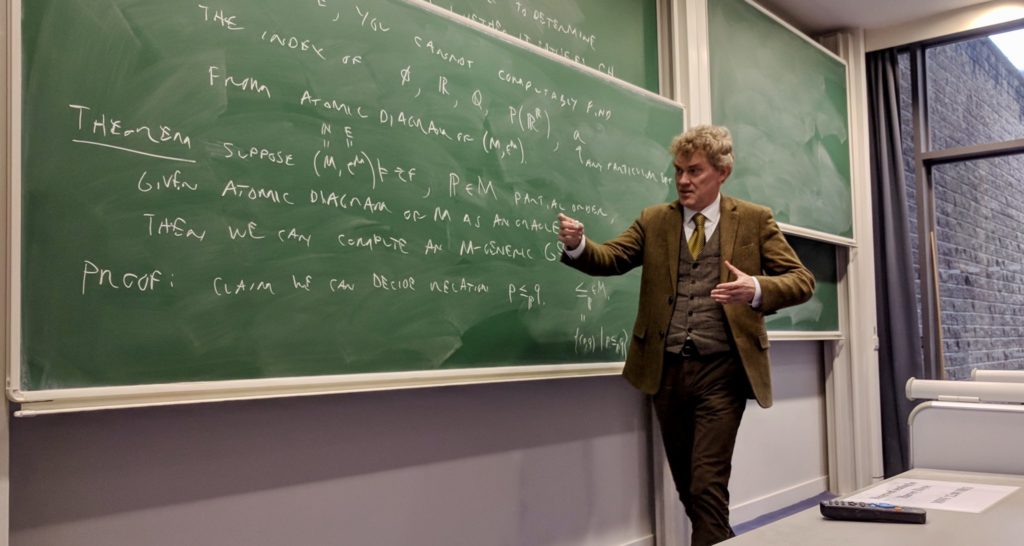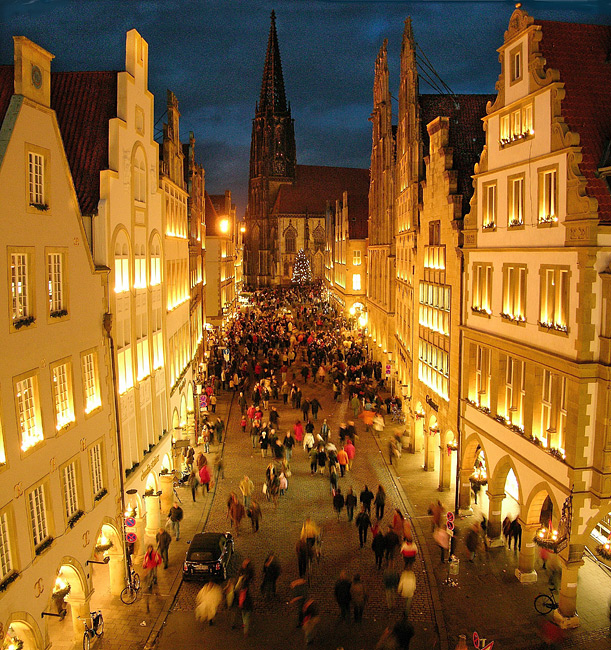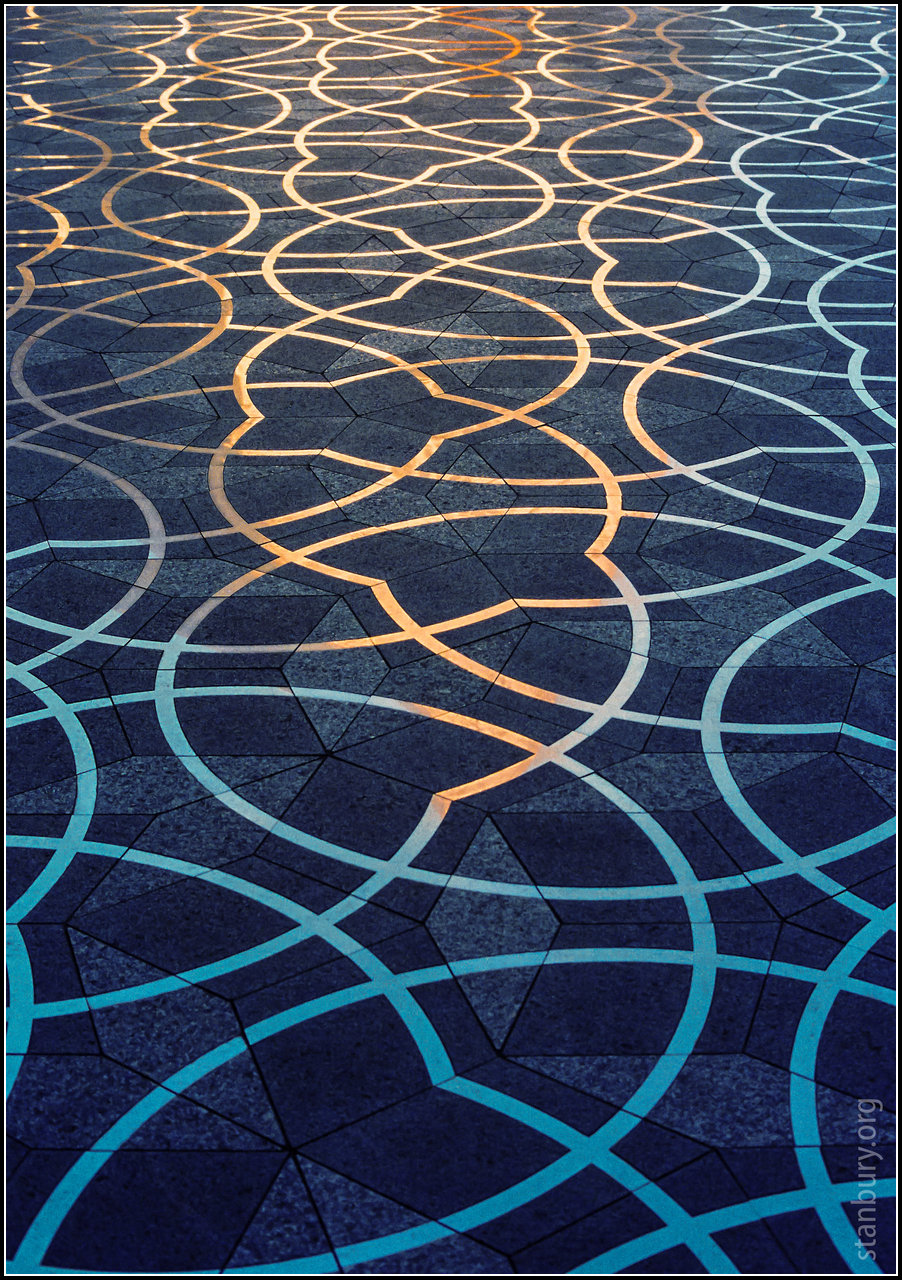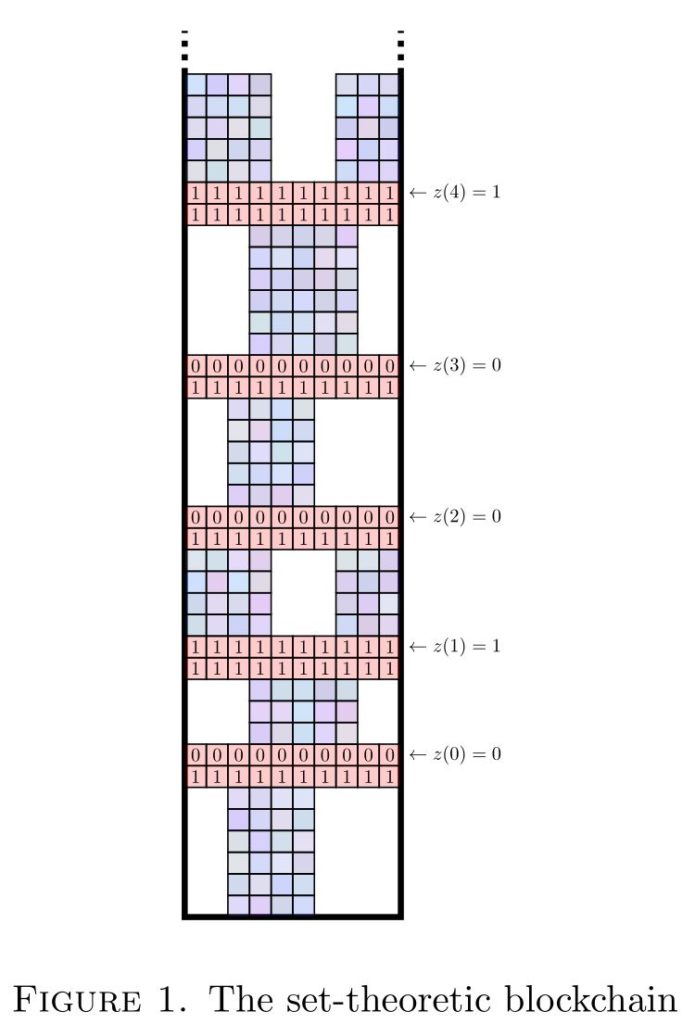This will be a talk for Set Theory in the United Kingdom (STUK 1), to be held in the other place, February 16, 2019.
Abstract. We investigate the senses in which set-theoretic forcing can be seen as a computational process on the models of set theory. Given an oracle for the atomic or elementary diagram of a model of set theory $\langle M,\in^M\rangle$, for example, we explain senses in which one may compute $M$-generic filters $G\subset P\in M$ and the corresponding forcing extensions $M[G]$. Meanwhile, no such computational process is functorial, for there must always be isomorphic alternative presentations of the same model of set theory $M$ that lead by the computational process to non-isomorphic forcing extensions $M[G]\not\cong M[G’]$. Indeed, there is no Borel function providing generic filters that is functorial in this sense.
This is joint work with Russell Miller and Kameryn Williams.


















